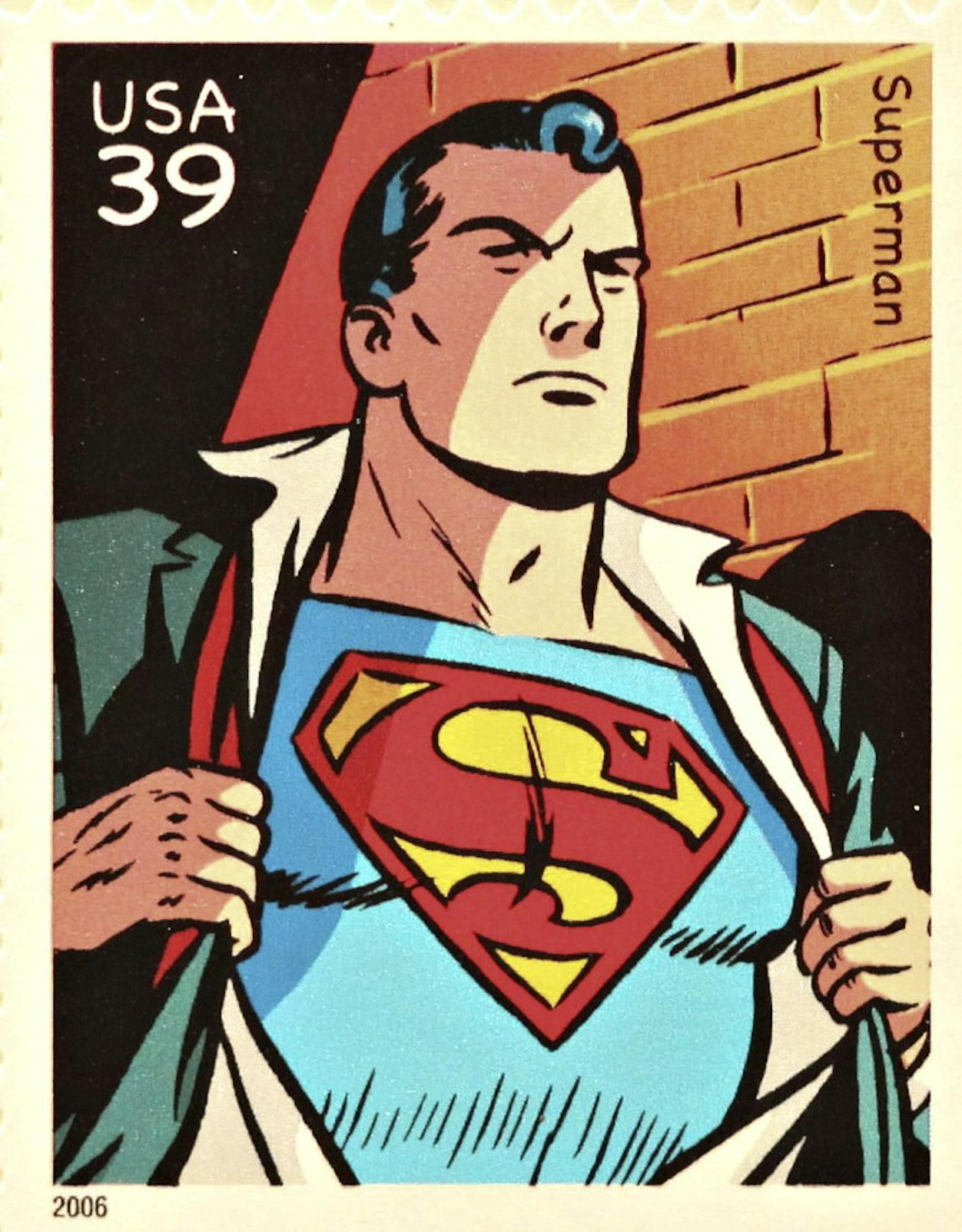Superheroes Don’t Write B Papers
Elliot Maggin ’72 turned a college essay into a comic book
Getting a B + on a history paper is precisely how former Features editor of the Justice Elliot Maggin ’72 began his writing career with DC Comics. The paper included a comic book to illustrate how comics could be used to convey ideologies. Maggin went to the section leader regarding the grade, saying, “You write a comic book as part of a history paper, you either get an A or an F. What’s the B + about?” The section leader shrugged and responded, “I thought you were going to draw it, too.” Unsatisfied with his grade and feeling his work was underappreciated, Maggin sent the comic to Carmine Infantino, the head of DC Comics.
In an interview with the Justice, Maggin described his creative process and the world of comic books. He has worked on multiple characters, including Batman and Green Arrow, but some of his most popular comics came from the Superman series. Superman is a recurring character in almost every major culture, but each culture has given him a different name. The Romans call him Jupiter, and the Norse called him Thor. One possible reason Superman is so popular is that he represents every generation’s idea of omnipotence. Maggin, although happy to spend much of his time with Superman, primarily identifies with Clark Kent. He also identifies with Lex Luthor, a criminal hero. The way Maggin puts it, “Luther could be the greatest man in the world if he didn’t have the misfortune of living in a world where there was a Superman. You just can’t compete with that, so he decided to be a criminal because he could do that better than anybody else. That was my favorite character in the series.”
Maggin attributes much of his writing career to Julius Schwartz, the first editor to buy his re-created comic. Having edited his stories for thirty years, Schwartz taught Maggin one of the most important skills in storytelling: structure. Maggin now believes that every story structure is hardwired into the human brain. He explained that a story consists of the decision, the conflict and the resolution. These three steps are necessary for a story to feel complete. Otherwise, the story is left to the reader’s imagination, and the story is no longer the author’s.
Most of Maggin’s time is spent writing the first half of the conflict phase, or act two. Writing the rest of the story is much simpler: in act one, the protagonist is set on a journey that drives the second act. At the end of the second act, something happens that drives the story to a climax, which then, leads to the resolution. But what happens in act two tends to be longer than the other acts because the characters and their relationships must be introduced, making it a challenge to hold the reader’s interest and advance the plot.
Maggin believes so strongly in this universal story structure that he often goes through a two-hour routine explaining to people how it works. He cites the Declaration of Independence as the best essay ever written in English. In Maggin’s eyes, the Declaration is “A letter to the world talking about what a creep King George is, and it makes an incredible case for it.” It begins with a statement, explains it and then lists 29 illustrations of that explanation. Maggin believes Thomas Jefferson understood how to structure a story.
At times during the interview, Maggin would insert a short story or piece of historical knowledge. For example, he mentioned that in 1984 he ran for congress in New Hampshire as a Democrat. His opponent, Judd Gregg, had established his name before anyone knew Maggin, so his chances were low to begin with. The district was also heavily Republican, lowering his chances even further. After a heavy loss, Maggin learned a hard lesson about politics: winning requires more than $30,000. Even after winning, he explained, congressmen spend hours each day fundraising on the phone.
Today, much of Maggin’s life revolves around his family. Besides his writing career, Maggin says his biggest accomplishments are his children. In a new book called “Not My Closet,” he manages to combine the two by getting more personal in his writing. “Not My Closet” is about Danny Sugarman, a geeky man whose seemingly perfect life gets turned upside-down once he learns that his wife is gay.
At Brandeis, Maggin says he has learned how to become a better version of himself. He said, “Brandeis defines who you are. If I didn’t go there, I wouldn’t know who I’d be.” Now in his 60’s, with hundreds of stories and life experiences under his belt, Maggin can finally say, “I’ve been approving of who I am along the way.”



Please note All comments are eligible for publication in The Justice.